Why you can trust Tom's Hardware
System Configuration
We are using the following system for our case test bed:
| CPU | Intel Core i9-9900K |
|---|---|
| Motherboard | Asus Maximus XI Hero WiFi |
| Memory | Corsair Vengeance LPX 3000 MHz, 16 GB (2x 8GB) |
| Graphics | Nvidia GeForce RTX 2070 Super Founder's Edition |
| CPU Cooling | Noctua NH-U12S Chromax Black |
| Thermal Paste | Noctua NT-H2 Thermal Paste |
| Storage | Corsair Force Series MP510 NVMe SSD, 480GB |
| Power Supply | Corsair HX750i |
Our motherboard installation went smoothly. Installing the power supply was a little less straightforward, but we were impressed that we could install our oversized Corsair HX750i. We did have to remove the hard drive caddy and creatively slide in the PSU before re-installing the HDD caddy, but it all fit.
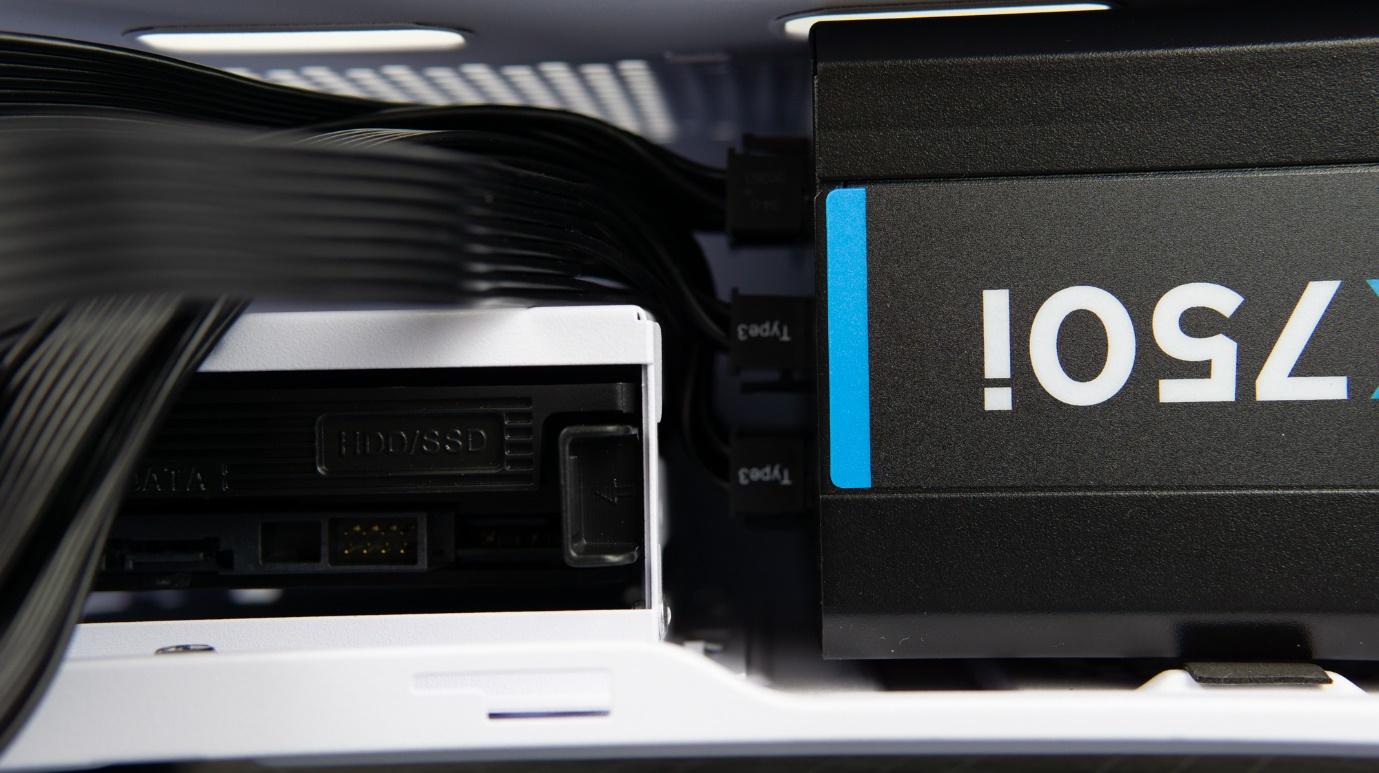
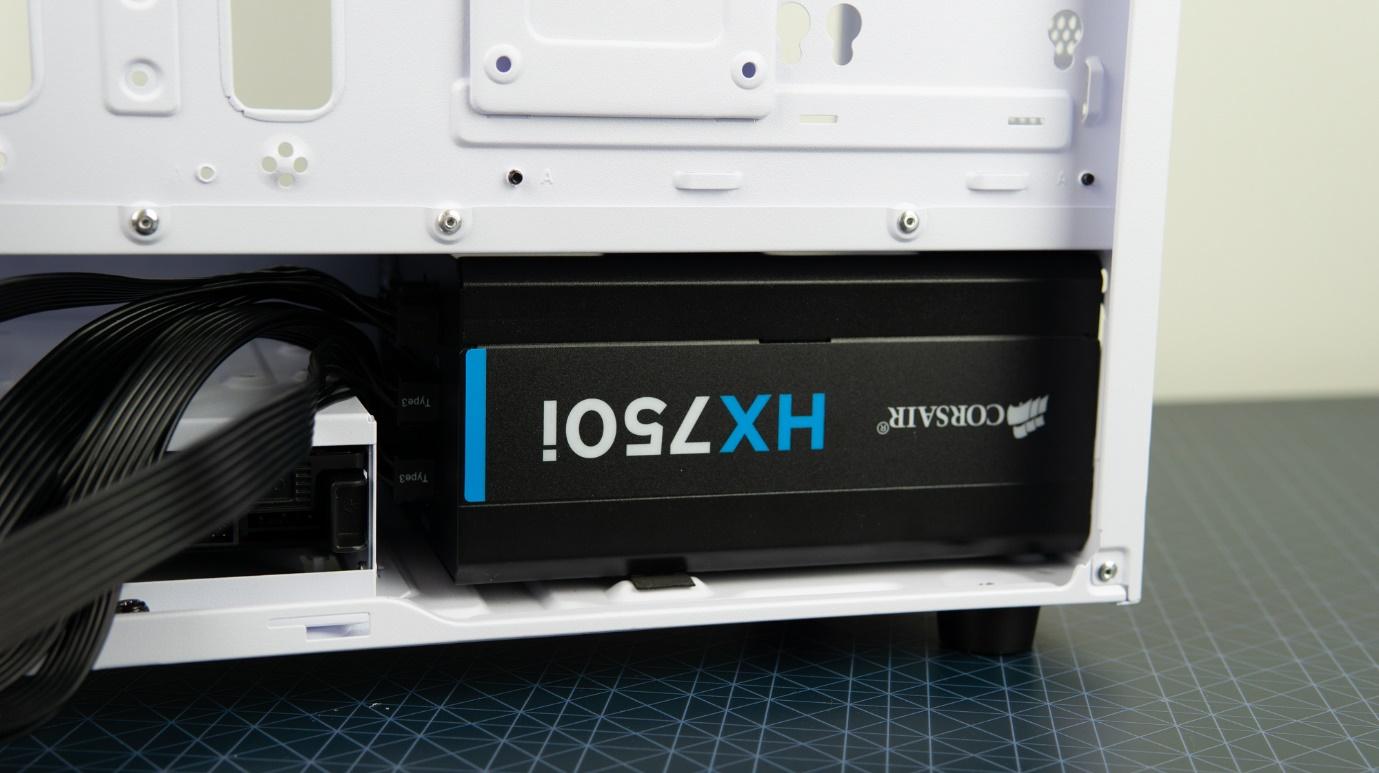
Installing the 3.5-inch hard drive was also quick and easy with the removable tray, but the lack of anti-vibration grommets. Of course, many people have moved strictly to SSD’s nowadays, but if you have a hard drive in this slot it will rattle around during operation.

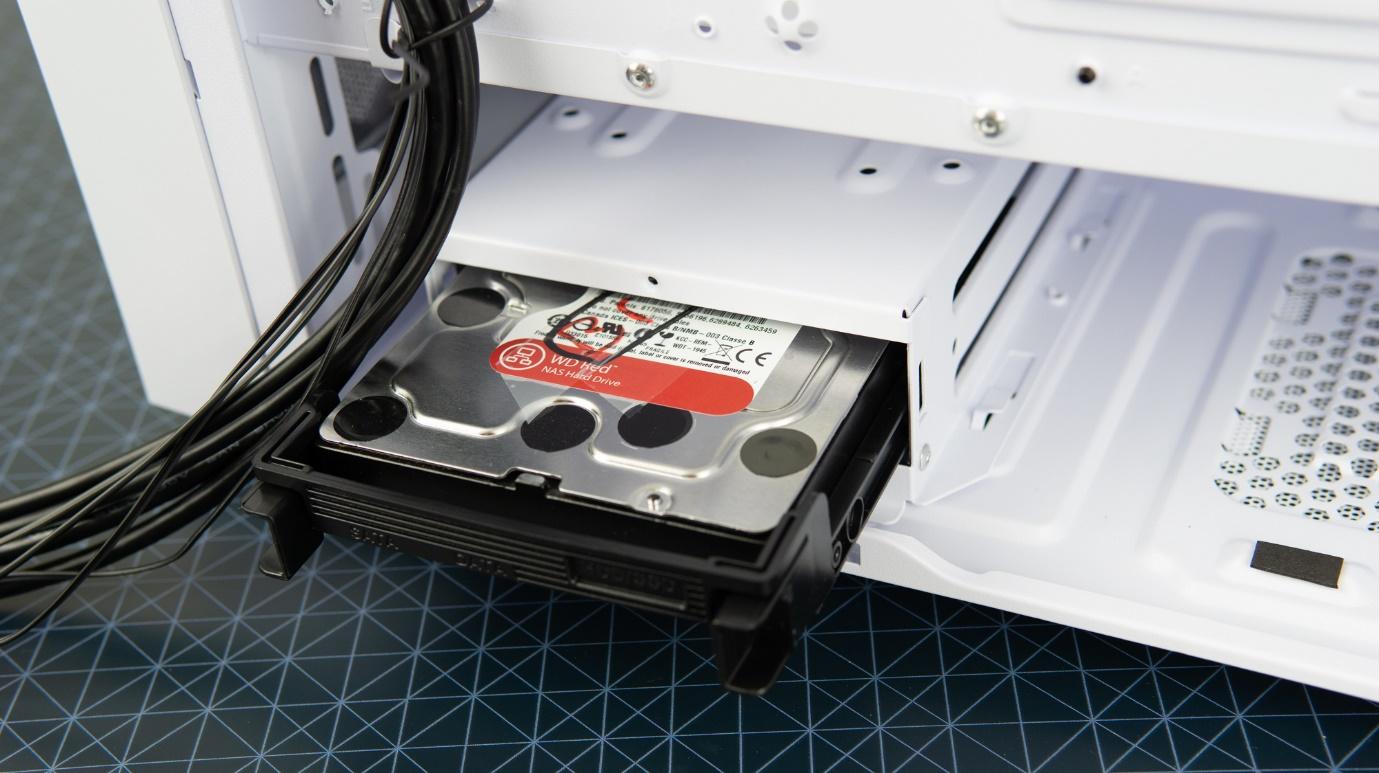
Finally, we also found that all the thumbscrews were overtightened. We needed a screwdriver to remove them and re-install them, which defeats the point of thumbscrews. This is minor in the grand scheme of things, but certainly annoying during the build process, especially if you aren’t prepared for it.
Cable Management
Silverstone hasn’t put a lot of effort into the cable management of the Fara R1. To an extent, we can understand this in a cheap compact ATX case, but it’s to a fault. Between the motherboard tray and the side panel there is only about 20mm (0.8 inches) of space for cables, which is tight. We’ve seen worse, but just ensure you have flat cables with your PSU or you’ll run into problems.
There are also no cable grommets included, which is fine at this price, but the biggest issue we ran into was plugging the front IO into the motherboard. There are cutouts in the PSU shroud to guide cables through to the motherboard’s headers, but the PSU blocks these, forcing us to use the furthest cutout. Using a smaller PSU would free up the middle one, but FP audio connectors are almost always at the very left corner of motherboards, so you’ll have trouble managing at least one, if not more cables nicely here. And the lack of a tint on the tempered glass combined with the white interior is rather unforgiving of black cables that you can’t hide or route cleanly.

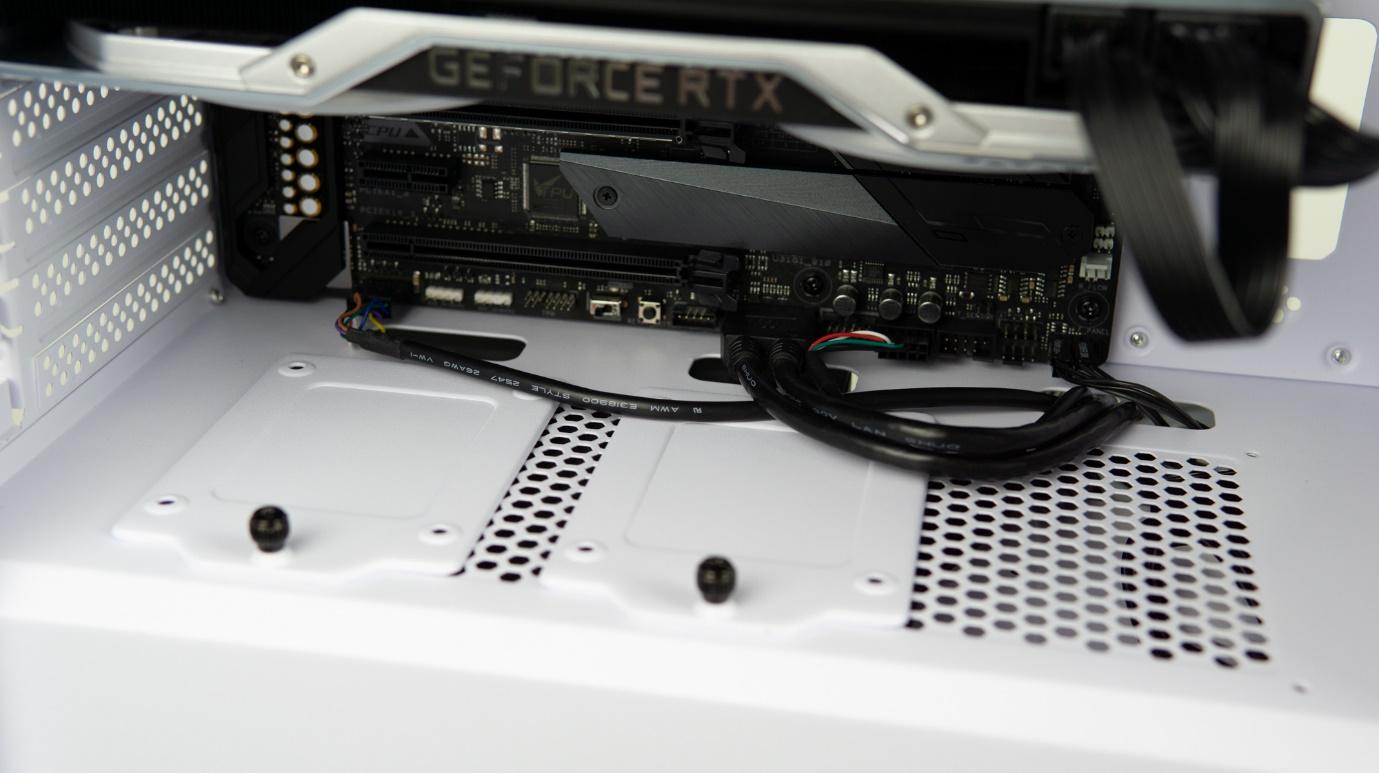
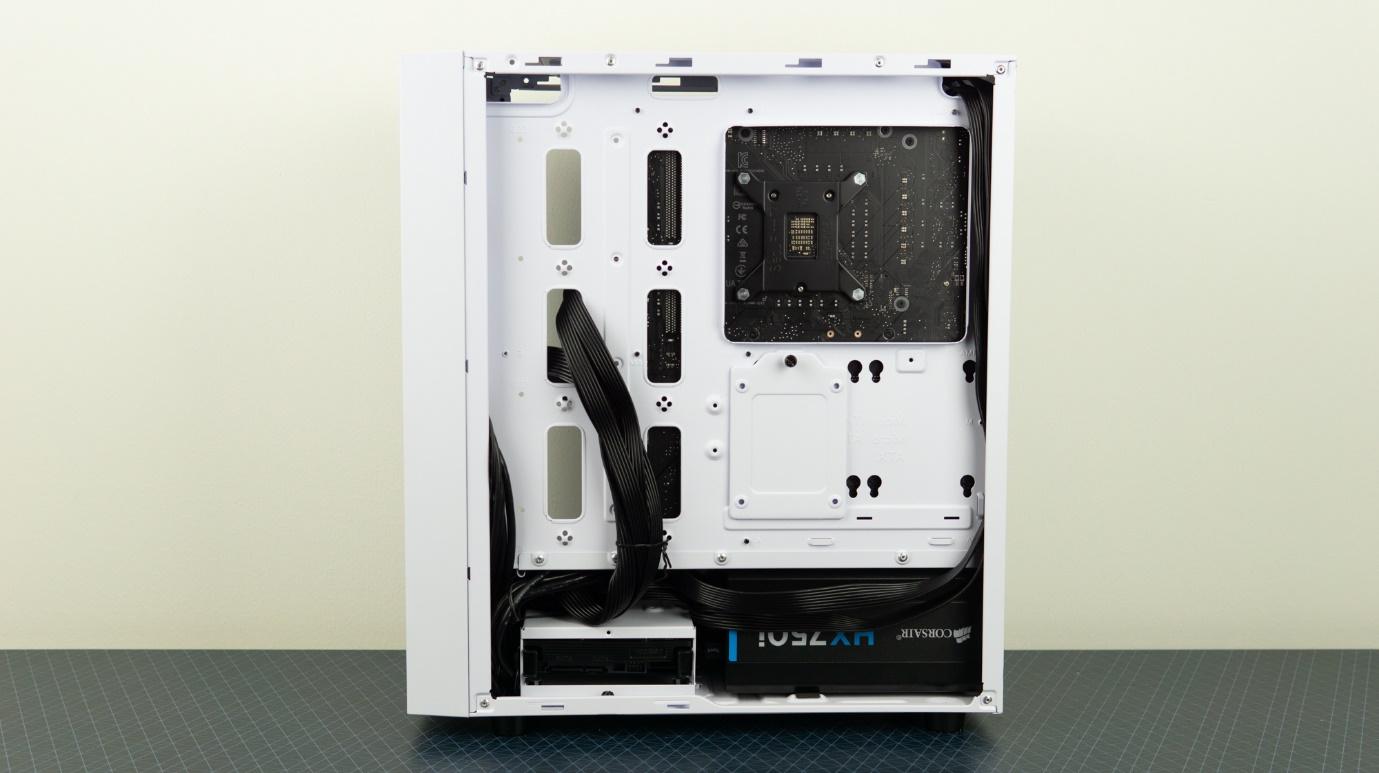

Nevertheless, on the rear side, we managed impressively tidy cables with almost no effort, which isn’t something we can say about many cases. It’s a shame you don’t see this once the build is complete.
Get Tom's Hardware's best news and in-depth reviews, straight to your inbox.
Current page: Hardware Installation
Prev Page Specifications and Features Next Page Testing and ConclusionNiels Broekhuijsen is a Contributing Writer for Tom's Hardware US. He reviews cases, water cooling and pc builds.

